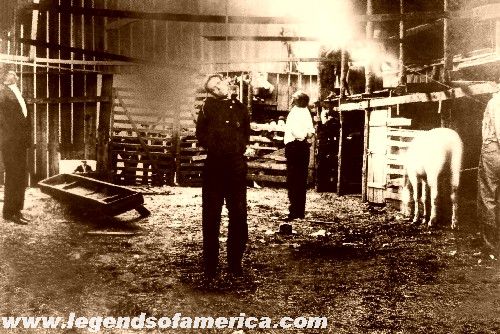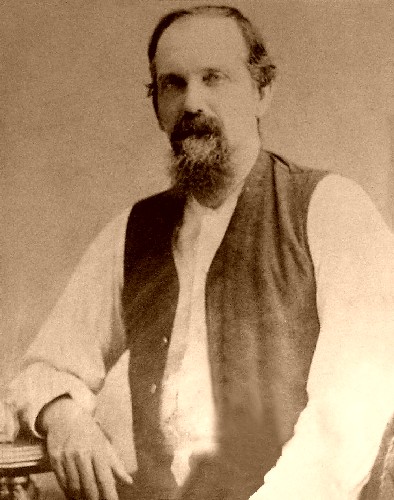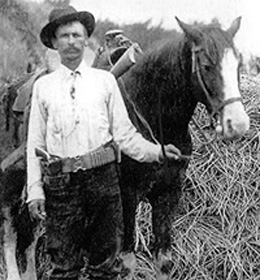History do make it out that Lawrence Kansas was attack without provocation or justification at that the incident occurred in a vacuum. There is so much more to tell about William T. Anderson. The James Brothers his bravery and so on and on. He is one tough dude. He definitely looks exactly like a rebel should, he personified a rebel. His hand looks like a big mitt in his death photo making his six-gun look like a J Frame. Good stuff. 5/5 on the tough guy scale.

|
   
   
|


|























.JPG)









